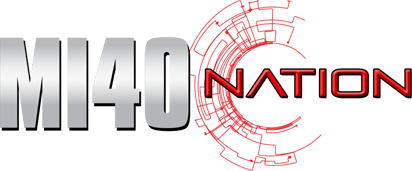MI40 Strength: Intro to Coach Adam, & Boss of Bosses Meet – Part 2
In case you missed it, catch Part 1 here. Now, during my prep for this meet I had the best training ...

In case you missed it, catch Part 1 here. Now, during my prep for this meet I had the best training ...
For all of us trying to reach the full potential of our health, it is important to be sure that ...
Building the Perfect Beast - How Our Fast and Slow Twitch Muscle Fibers Determine Athletic Success...
Omega-3s are one of the fats that actually have gotten a lot of good press. In this case it’s actually ...
Fat loss is the ever-elusive conquest of anyone and everyone who is into health and fitness. Observationally I also think ...
Serving an important function as hip stabilizers, strengthening the abductors and adductors can help you maintain proper pelvic position and ...
Ben's step-by-step guidelines for performing the best chest pressing movements for maximal muscle growth!
